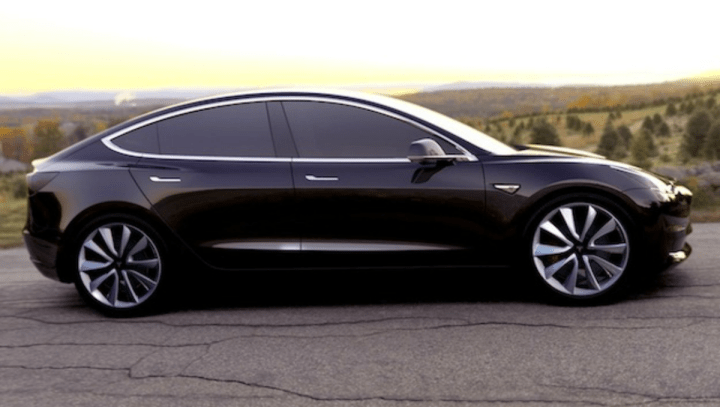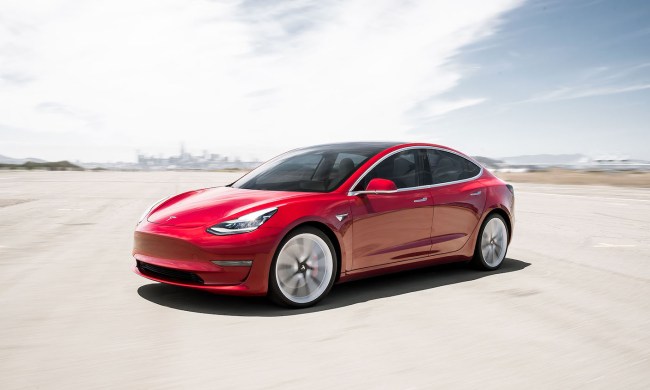
The Model 3 is scheduled to start shipping to buyers later in 2017. Jonas was referring to the 3’s automated driving or “driving assist” features, which don’t go as far as autonomous driving. With automated driving, human drivers are still required in the driver’s seat with eyes on the road and hands on the steering wheel. The Model 3’s automated safety feature list include components such as collision avoidance and automatic braking
“We think the Model 3 will feature hardware and software that provide a level of active safety that could significantly lead all other cars on sale today and could, if the company achieves its goal, be an order of magnitude (i.e. 10 times) safer than the average car on the road,” Jonas wrote. “According to nearly every OEM we talk to, safety is the number one determinant of car purchases. Look for safety to be the ‘ah-hah!’ moment for this car due to launch this year.”
The Model 3, like all newer Teslas, will come standard with a full suite of sensors and autonomous driving software, but they won’t all be turned on, pending further development and testing plus regulatory approval. The hardware and software will, however, be put to use in always-on modes that can help prevent accidents.
Tesla CEO Elon Musk has stated the Model 3 will get five-star safety ratings in all NHTSA (National Highway Traffic Safety Administration) tests. Jonas made it more personal when he wrote to his clients that, “The driver is still human … but with a ‘superhuman’ assist.”
If tests and driver experience do end up showing the Tesla Model 3 to be 10 times safer than average cars, it could be difficult to find an argument not to buy one. Unless, of course, other companies catch up.



